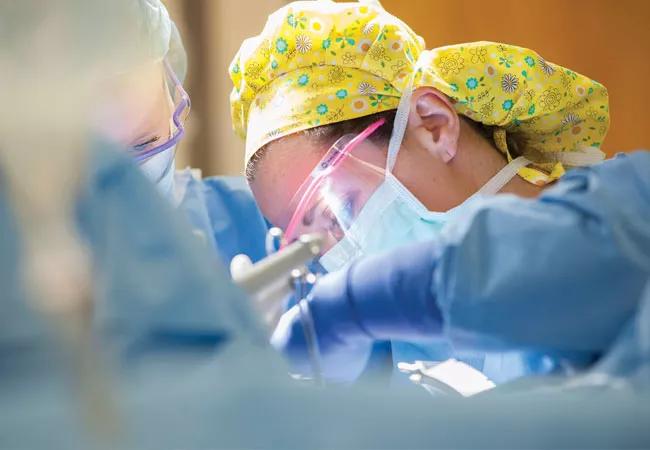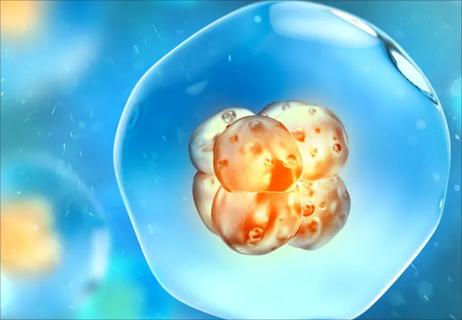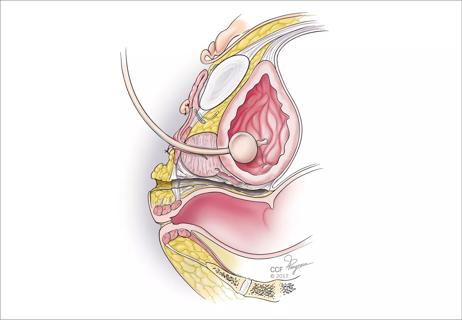Study finds lower incidence of endometriosis than in cisgender patients

Less than one-quarter of transgender men undergo hysterectomy for gender affirmation and few reports exist about outcomes of the surgery. Studies have been done of uterine pathology in this population, but no literature has been published about intraoperative findings from patients undergoing female-to-male gender affirmation.
Cleveland Clinic is a non-profit academic medical center. Advertising on our site helps support our mission. We do not endorse non-Cleveland Clinic products or services. Policy
A new study by researchers from the Cleveland Clinic and MetroHealth Hospital aims to help fill that gap by exploring preoperative pain and incidence of endometriosis at hysterectomy in transgender men. Interestingly, half the patients reported pelvic pain before hysterectomy but the incidence of endometriosis found during surgery was much lower than what is typically seen in the cisgender population seeking hysterectomy for pain.
“The clinical implication is that while a large number of transgender men have pelvic pain, many do not have endometriosis,” says Cecile Ferrando, MD, Director of Transgender Surgical Services at Cleveland Clinic. “However, pelvic surgeons should not be surprised to find endometriosis in transgender men seeking hysterectomy, even if they report amenorrhea on testosterone therapy.”
Data for the research were from a retrospective chart review of transgender men presenting for gender-affirming hysterectomy between 2010 and 2019. All of the surgeries were minimally invasive and done under general anesthesia at two institutions by two surgeons highly experienced in caring for transgender patients.
A total of 67 transgender men (men who were designated female at birth) were included. The mean age was 29 years and the mean body mass index (BMI) was 28.6. Sixty of the patients (89.5%) had used testosterone for gender-affirming hormone therapy for a mean of 36 months (range, 12-300).
Of the hysterectomies, 66 (98.5%) were total laparoscopic with salpingo-oophorectomy and one (1.5%) was total laparoscopic with ovarian preservation.
Prior to surgery, 34 of the patients (50.7%) reported pelvic pain at any time since menarche, which was constant in 35.3% and cyclic in 64.7%. Overall, endometriosis was diagnosed intraoperatively in 18 of the patients (26.9%). It was seen in 32.3% of those with and 21.9% of those without pelvic pain.
Of the cases of endometriosis, 70% were either stage I or II, and stage was not associated with preoperative pain symptoms.
“Pain is probably a multifactorial thing in this patient population,” says Dr. Ferrando. “There may be a component of the pain that is associated with experiencing gender dysphoria and it’s also hard to know how transgender men cope with what some cisgender women would consider normal pelvic cramping or discomfort at the time of menses.”
Comparing the patients with and without endometriosis, the authors found there were no differences other than that irregular bleeding was more common in those with endometriosis (27.8% vs 8.3%; P = .04), as was heavy menses (66.7% vs 35.4%; P = .03). Preoperatively, 40 of the patients (59.7%) said they were amenorrheic, 12 (17.9%) reported heavy menses, 10 (14.9%) had irregular menses, and 29 (43.2%) had dysmenorrhea. Heavy menses were not associated with BMI.
Considering the impact of testosterone, the researchers found that it was not associated with the presence of endometriosis, preoperative pain, and/or irregular bleeding.
“The pelvic organs are usually smaller in transgender men who are on testosterone, and there is a presumption that therefore, hysterectomy will be straightforward,” says Dr. Ferrando. “But surgeons should be prepared to find endometriosis in these patients and to deal with it, which makes the procedure more complicated.”

Deprivation is linked to impaired glucose intolerance and racial disparities

Artesunate ointment is safe well and tolerated patients with vulvar intraepithelial neoplasia

A case-based discussion of efficacy, eligibility and use

Workshop curriculum was valued by some, while others would have preferred time for themselves

Large randomized study compares embryo growth kinetics and live birth rates between culture media

Surgeon experience is key to reducing adverse events

Introducing Laura Detti, MD, newly appointed Chair of the Department of Subspecialty Care for Women’s Health

Provides an alternative for women who cannot or will not use estrogen, but at a price